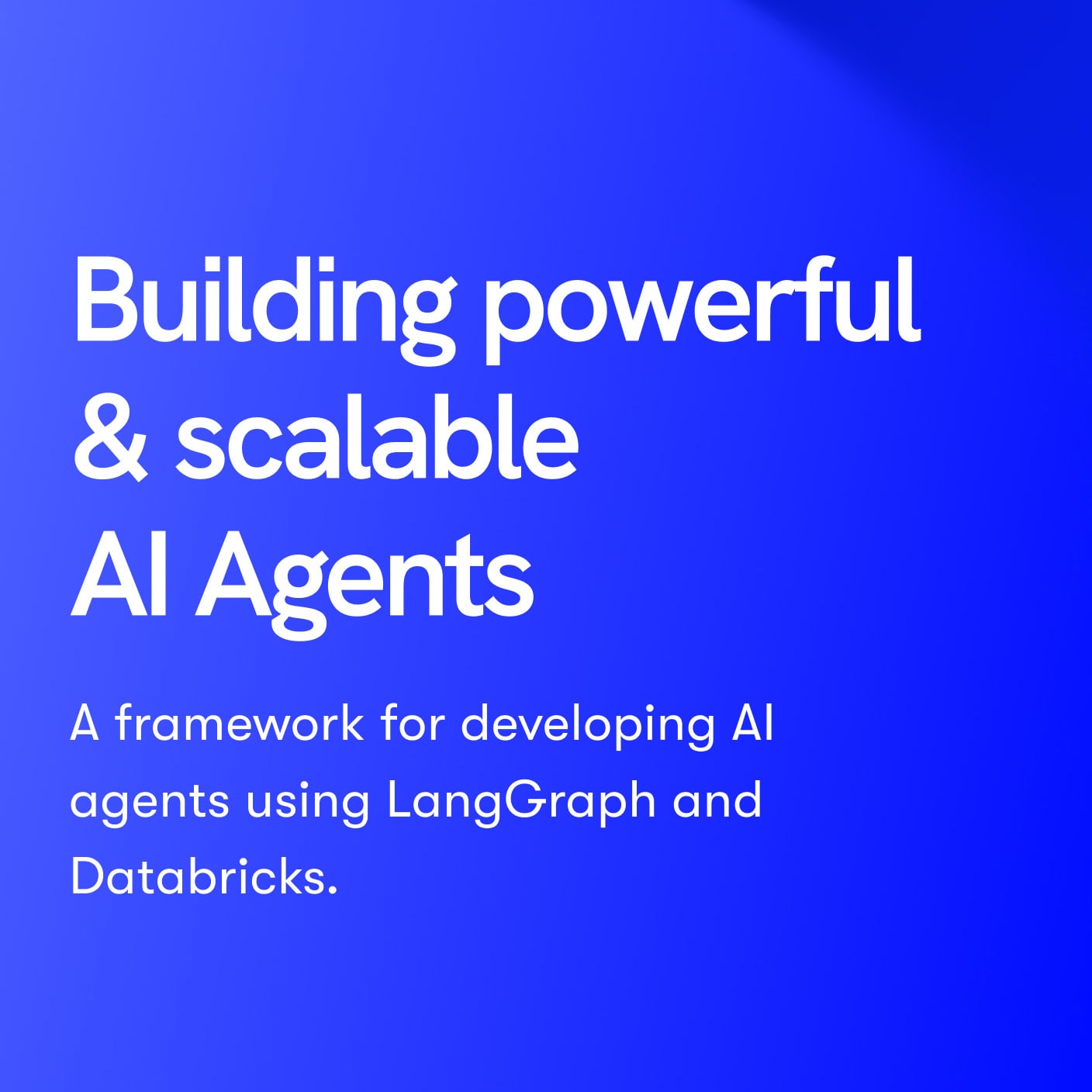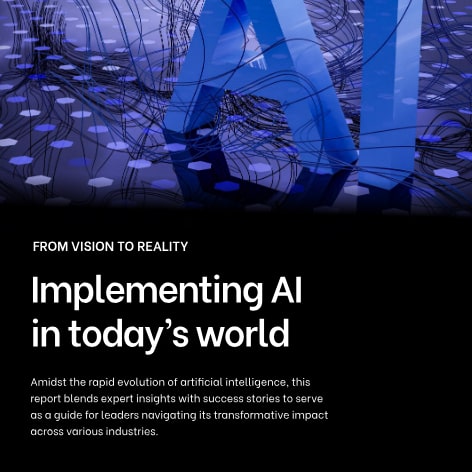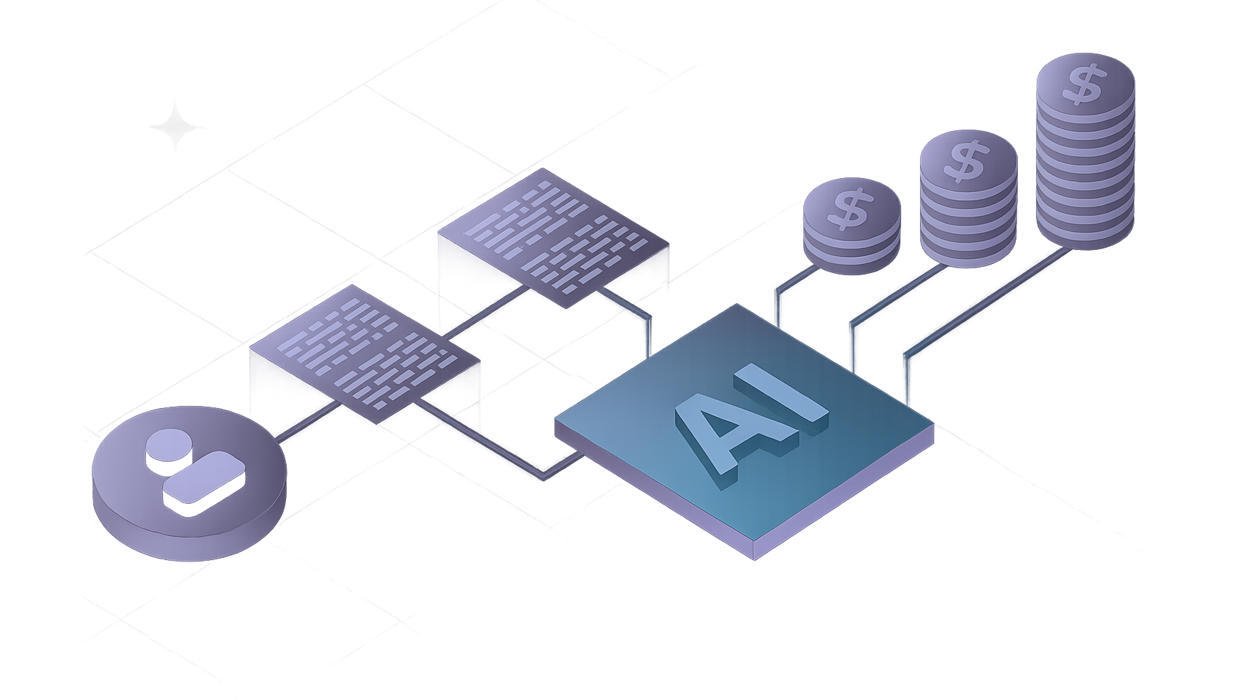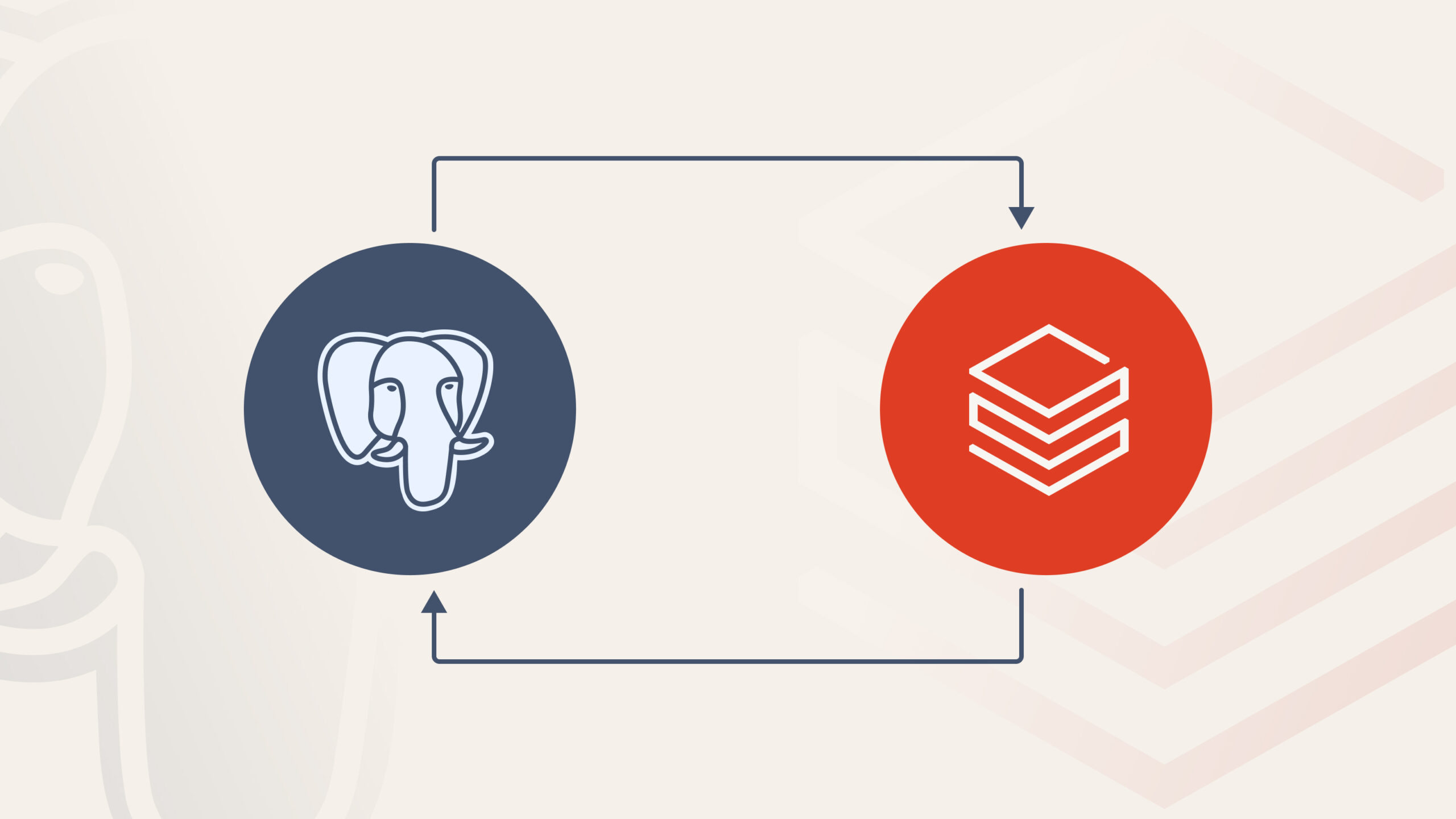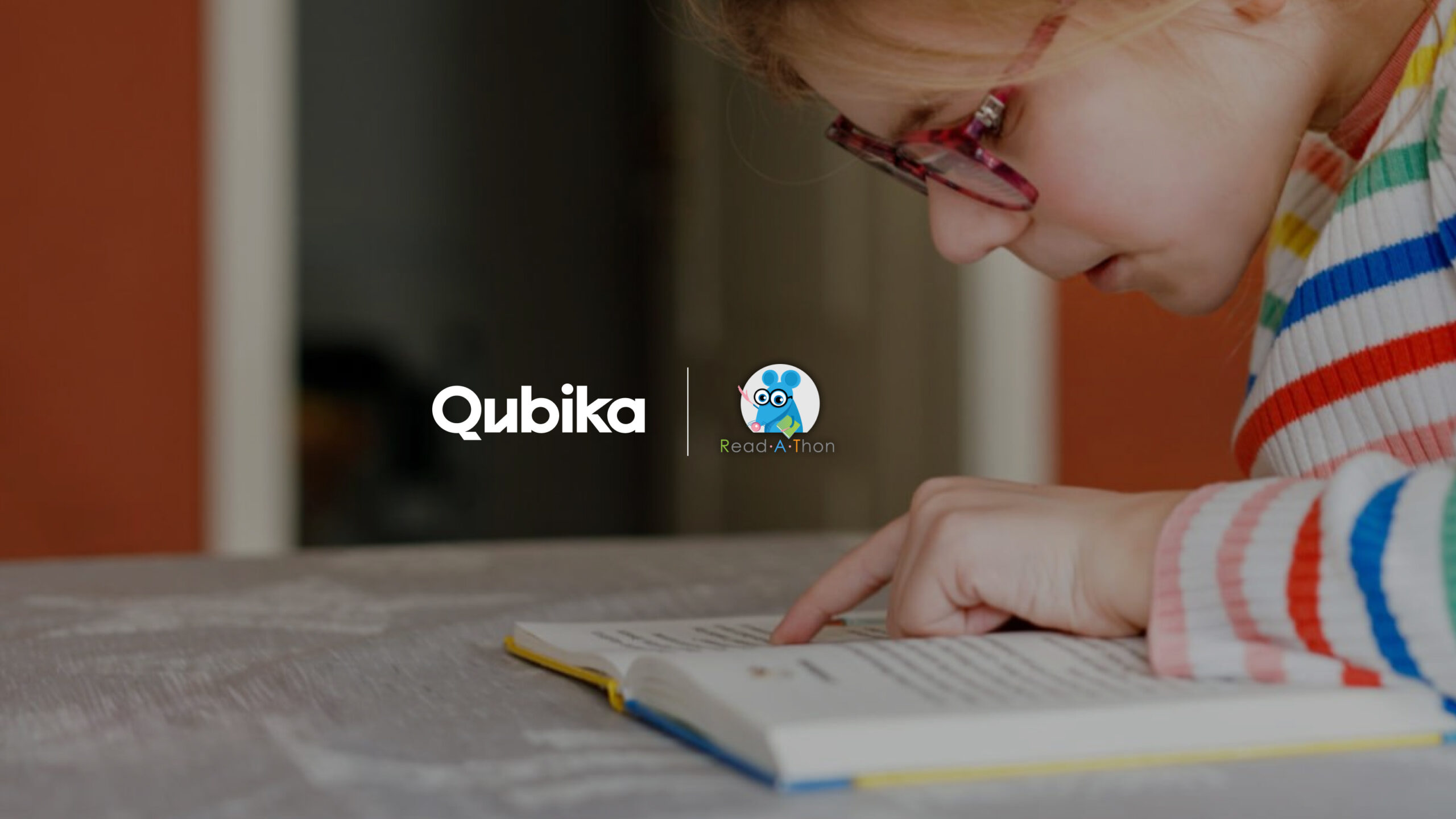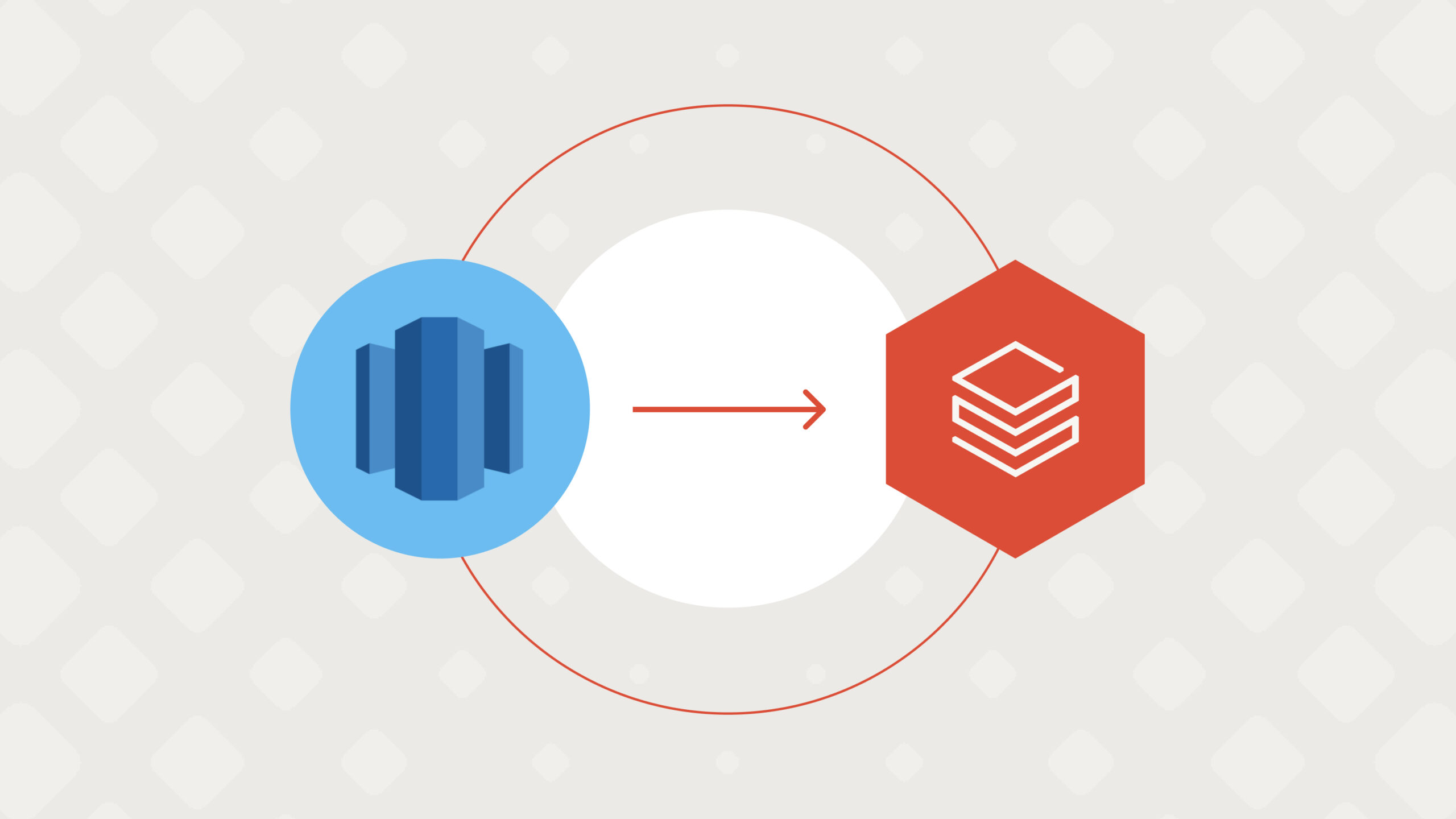The job title “UX Engineer” can make people do a double-take. Are they creative or technical? Should they join the design team or should they be on the software engineering team? Are technical people even capable of being visually creative? The answers are: both, depends, and yes!
To clear up any confusion and explain the UX engineer role more thoroughly, let’s talk about where and how a UXE fits into the software development process, what they do everyday, how they work with both UX design and software engineering, and the skills required to perform those duties.
What does a UX engineer do?
As a discipline, UX engineering bridges the gap between UX designers and software engineers. Usually known as the UX unicorns, UX engineers are front-end developers that bring UX designs to life. UXE contribute the technical know-how and design expertise that your team needs by partnering with a multidisciplinary team consisting of developers, researchers, designers, and stakeholders to conceptualize, ideate, and deliver an effective UX. Generally speaking, these magic makers need to be key helpers in building design systems; the set of assets and guidelines that convey the identity behind and within flagship products and apps. When participating in the product development cycle, especially when designing their systems, the UX engineer operates within three main areas: the style guide, design language, and component library. UXE need to participate in user research, content ideation, and iterative development, in addition to developing and building the components needed for the design system and the actual end product. For example, during the research stage, the UX engineer is an essential key player when it comes to deciding which of the ideas that resulted from user feedback are possible to actually build, given the technical limitations of the project.
While responsibilities can vary slightly from company to company, there is a defined spectrum of tasks that fall within the UX engineer’s realm.
Moreover, the UX engineer skills in both design and development allows them to communicate team needs, fulfill their responsibilities, and achieve the best user interface possible. UXE are constant assessors to the feasibility of the project, along with providing their combined technical and creative knowledge. If UX designers and software engineers are the bread, UX engineers are the peanut butter. This central position requires user experience engineers to excel at soft skills such as working cross-functionally, collaborating, and communicating, in addition to the hard coding skills necessary to bring amazing designs to life. The UX engineer’s skills also allows them to be innate translators and collaboratie between teams in order to create and deliver a product that not only solves a problem users may face, but that also perfectly aligns with their wants and needs.
In order to provide a better description of the daily tasks that a UXE carries out, we will highlight the eight different types of skills that these essential team players need to master and achieve remarkable products.
1. Interpret design jargon for developers

A UX engineer can explain certain aspects of UX design, creating user empathy and understanding within the development team. Some examples of those UX resources are:
- Personas — a fictional user that represents characteristics you find in your users.
- Customer journey map — a diagram that represents the steps and emotions of the user to perform a task.
- Usability report — the output of usability testing.
2. Assess the feasibility of UX designs
A UX engineer uses their experience to guide the UX team on technical challenges or easy wins based on the proposed designs. They provide the technical knowledge to assess if the variety of ideas that resulted from UX research can actually be built, and be maintained in the long run.
Almost anything is possible, but is it worth it? By collaborating with UX designers and software engineers, UXE provide product managers with a technical reality check, allowing them to balance the “wow” factor of the user interface with development costs and deployment deadlines.
3. Create libraries of reusable UI components
Surprises are great fun — just not in user experience. One of the keys to great UX design is consistency. Creating component libraries, usually defined as a set of reusable components composed by the framework, design elements, logic, and styling that appear throughout the app or platform of the product being developed. Component libraries are great tools for setting design standards and principles for a project, as well as reuniting all the project contents into one cohesive and systematized space. Since what a component library looks like depends on the size of the project and its needs, it can be either components created by yourself, team members, or other items distributed by large companies or public libraries. There are dozens of public libraries available online that you can use to take inspiration from.
Content libraries give the development team reusable pieces of code to ensure that every time a user encounters a dropdown or a date picker, it looks and functions just like every other dropdown or date picker in the product.
4. Build prototypes to validate user experience decisions
Prototyping is a fast and relatively inexpensive method of usability testing that provides the UX team an opportunity to test design decisions before investing in the full build. UX engineers can build prototypes in a fraction of the time it would take to build a fully functioning product or new feature.
This experimental process allows design teams to easily refine and validate their designs, transforming their ideas from paper to digital form. Prototypes also have different levels of sophistication and vary in their fidelity degrees, mainly since they need to capture an assortment of design concepts that will later on be tested on users, who will provide helpful feedback to your team. This method is another way to help in the process of creating and releasing the best product.
5. Collaborate with UX designers and engineering teams

Because they understand both design and engineering, a UX engineer can share technical information with the UX team, giving both UX and UI designers a technical point of view to consider. UX engineers also share design decision details with technical teams, helping coders architect the best solutions.
6. Perform UX engineering development work
It takes a lot of work to turn a visual design comp into working software. An experienced UX engineer will deliver a pixel-perfect user interface and then work with the rest of the engineering team to deliver a complete solution. Their flexibility allows them to understand multiple needs while delivering state-of-the-art products.
7. Represent the interests of developers to the design team
Designers and developers need to communicate regularly to ensure both teams are tracking toward the same goal. But in between scheduled meetings, the software developers can rest assured the UX engineer is bringing technical questions, concerns, and ideas to the design team. They should represent the interests, doubts, and concerns of the developers whenever possible, especially when they are their visible face to the design team.
8. Represent the interests of designers to the software engineering team
The UX engineer is the design team proxy in developer meetings — sharing insights, rationale, and next steps from the UX designer’s perspective. As well as representing the interests of developers to designers, UXE are also the ambassadors of designers when talking to the software engineering team. Their combined abilities allows them to easily adapt to both teams, thus granting them the possibility to really understand all sides of the project.
As you can see, UX engineering responsibilities fall in the middle of creative and technical teams. A UX engineer must have familiarity with core design principles and common design processes. Most UX engineers don’t have expert design skills, but they do have an eye for UI design along with an expert front-end development skill set.
Which team should your UX engineer be on: UX or engineering?
The team you assign your UXE will totally depend on the project they are working on as well as some of your company’s characteristics, for example size, team structure. Since the user experience engineer is a flexible team member, they could be part of either teams. If your UX engineer spends more time building prototypes and component libraries, the position will best fit within the UX team. However, if you require more front-end or full stack development work from your UX engineer, include them on the software development team.
The UX engineer’s toolbox
As noted above, a basic understanding of the user experience process and UX artifacts is important. While a UX engineer isn’t expected to create wireframes or make high fidelity design comps, they need to understand the full spectrum of UX deliverables, why they are important to the design process, and when they are used.
On the technical side, a UX engineer needs expert-level skills in:
- HTML
- CSS
- JavaScript
- JavaScript frameworks like React.js or Vue.js
These are the coding languages that turn one-dimensional designs into interactive software products that run in a web browser. Mouseover behavior, slideouts, and dynamic content are the work of a UX engineer in action. The UX engineer is also responsible for ensuring the code is written in compliance with ADA accessibility laws.
An in-depth knowledge of a CSS framework such as Bootstrap or Foundation is as important as coding language skills. A CSS framework is a tool a UX engineer uses to build out responsive designs that look equally beautiful in desktop, tablet, or mobile browsers.
As UX engineers become more popular in mobile, desktop, and embedded system development, it should be expected the required skills to include more languages to support platforms other than web browsers.
Because UX engineers write deployable code, they must have experience using:
- Debugging tools
- Code repositories
- Building and branching tools like Git, Beanstalk, or Octopus
- Version control systems like Team Foundation Server
These tools allow the UX engineer to merge code from their computer into the full product source and then push it out to a server where it can be accessed by end-users via a web browser.
As mentioned earlier, UX engineers are sometimes called front-end engineers, especially in job postings. However, a UX engineer is not an expert in some front-end development tasks, such as implementing analytics tools, coding for SEO, or integrating with middle-tier components. This work is done by front-end or full stack engineers.
Hiring a UX engineer

By now, you should have a solid understanding of what a UX engineer does and how they fit into your team.
To become a UX engineer, potential candidates not only need to fit the UX engineer job description, they should also have:
- Knowledge of UX design processes, tools, and artifacts
- Expert front-end coding skills in HTML, CSS, and JavaScript
- Soft skills to work effectively between the two worlds
Since this role is highly skilled and complex in that it requires soft skills not necessary for traditional software engineers — finding the right person for the job is challenging. Using a skilled recruiter or reputable agency to navigate the hiring process ensures you get the skills you need.
When to add a UX engineer to the team
The specialized skill set of a UX engineer may be the perfect fit for you, while other teams might be better off using their budget to fill other needs. So, how do you know if a UX engineer is right for you?
Large teams that are more siloed because of their size, or the size of the company, might benefit from a UX engineer. The person in this role ensures cross-functional communication occurs at the right time and through the appropriate channels.
However, startups and small companies aren’t usually well-suited for highly specialized roles. A strong front-end developer, with a good knowledge of UX artifacts and processes, can tackle the responsibilities of a UX engineer.
It is important to consider the relationship between the UX and development teams. Close communication and collaboration are common in smaller companies, alleviating the need for the UX engineer to bridge the gap.
We have highly skilled UX engineers and experienced front-end developers at Qubika, adept at UX and development collaboration. With our proven track record, we’re able to take on your whole project, or integrate with your in-house team. Check out our services and connect with us to discuss how we can help your team accomplish its goals.

